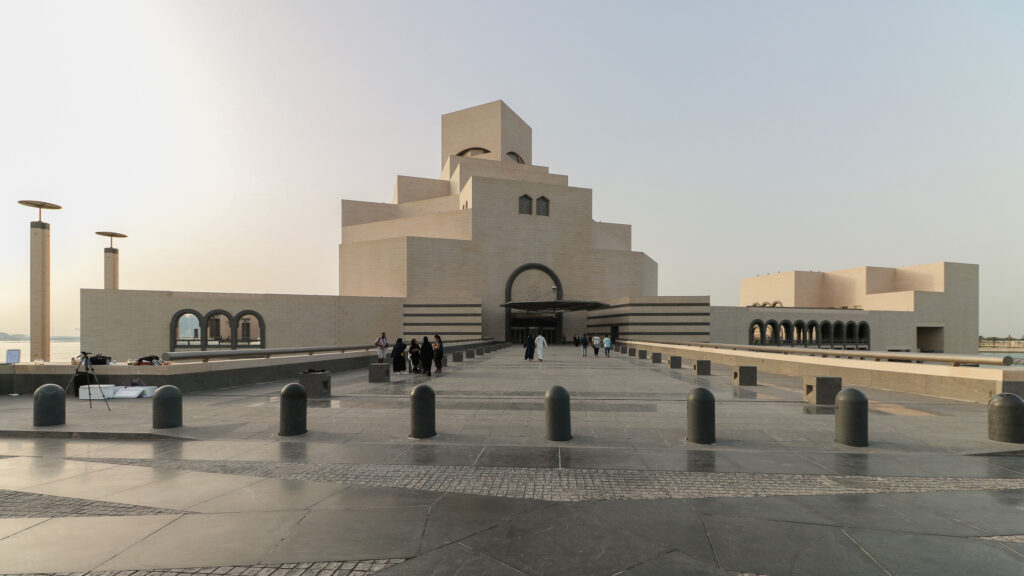Museum of Islamic Art: A Comprehensive Guide
The Museum of Islamic Art (MIA) in Qatar is one of the world’s most renowned repositories of Islamic art, culture, and history. Located in the heart of Doha, this iconic museum is the perfect destination for art and culture lovers, history buffs, and everyone who’s keen to explore the rich heritage of Islamic art and civilization.
Built in 2008 by the renowned architect I.M. Pei, the Museum of Islamic Art houses an impressive collection of artifacts, artworks, and manuscripts from the Islamic world. It has also become a center of research and learning, attracting scholars, students, and tourists from around the world.
In this comprehensive guide to the Museum of Islamic Art, we will take a look at the museum’s history, its collection, its famous Islamic artworks, and the various activities and events it hosts.
History of the Museum of Islamic Art
The Museum of Islamic Art was established in 2008 with the mission of preserving and displaying the cultural and artistic heritage of Islamic civilizations. It was funded by the Qatar Foundation for Education, Science, and Community Development, and the project was spearheaded by renowned architect I.M. Pei. He designed the iconic building, which is based on Islamic geometric patterns and has become an emblem of Doha’s modern skyline.
The museum opened its doors to the public in 2008, and since then it has become a symbol of Qatar’s commitment to preserving and displaying Islamic art and culture. It has also become a popular tourist attraction, drawing visitors from around the world.
Collection at the Museum of Islamic Art
The Museum of Islamic Art boasts an impressive collection of artifacts, artworks, and manuscripts from all over the Islamic world. The museum’s collection is divided into four main sections: Islamic Art, Archaeology, Manuscripts, and Islamic Coins.
The Islamic Art section features a wide range of artworks, including calligraphy, pottery, metalwork, glass, woodwork, and textiles. The Archaeology section houses ancient artifacts from the Middle East, Turkey, and Egypt. The Manuscripts section contains a large number of manuscripts from the Islamic world, and the Islamic Coins section features coins from the 8th to the 19th centuries.
Famous Islamic Artworks
The Museum of Islamic Art houses some of the most famous Islamic artworks in the world. These include the Kaaba door, the 8th century Abbasid bowl, the 12th century Fatimid glass, the 16th century Mughal carpet, and the 18th century Ottoman tilework.
The museum also features a number of Islamic calligraphy works, including the 13th century Mamluk Koran, the 16th century Ottoman Koran, and the 18th century calligraphic panels.
Events and Activities
The Museum of Islamic Art also hosts a number of events and activities to engage visitors. These include lectures, workshops, guided tours, exhibitions, film screenings, and more. Visitors can also take part in the museum’s educational programs, which are designed to help children and adults learn more about Islamic art and culture.
Visitors can also explore the museum’s library, which houses a vast collection of books, manuscripts, and electronic resources related to Islamic art and culture.
Conclusion
The Museum of Islamic Art is a must-visit destination for art and culture lovers, history buffs, and anyone who’s keen to explore the rich heritage of Islamic art and civilization. From its impressive collection of artifacts and art works to its iconic architecture and engaging events, the museum offers a comprehensive and enlightening experience.
Designed by I.M. Pei, the museum’s architecture is a blend of modern aesthetics and Islamic geometric patterns, creating a visually stunning landmark along Doha’s waterfront. Inside, the curated collection spans centuries and regions, showcasing the diversity and beauty of Islamic art and craftsmanship.
The museum not only serves as a cultural institution but also as a hub for learning and research. Educational programs, events, and the extensive library contribute to its role as a center for the exploration and appreciation of Islamic art and culture.
Whether you’re an art enthusiast, a history scholar, or a curious visitor, the Museum of Islamic Art offers a journey through time and across the Islamic world. It stands as a testament to Qatar’s commitment to preserving and sharing the rich heritage of Islamic civilizations.

